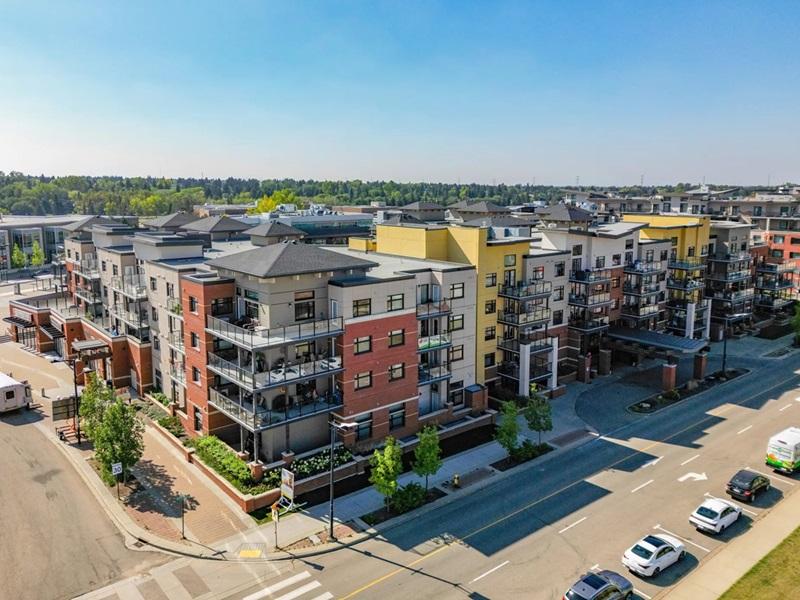Economists are already contemplating the near- and long-term impacts of COVID-19 – as they should. We do need some sense of where we are headed.
However, if history tells us anything, it’s that human behaviour and geo-politics introduce a degree of volatility that make it quite difficult to achieve reliable predictions.
In every culture, in every nation-state or empire, at any time in history, there are internal pressures that threaten to boil over.
These may be political, economic, religious, or sometimes all three. The status quo may keep the lid on the pot for a while, but it often takes only a nudge for that to change.
Take a closer look at any major pandemic event in history. Each of them has played an often unexpected role, for good or ill.
The push toward independence
Let’s start with the H1NI flu outbreak of 1918-’20 – still by far the deadliest pandemic event of modern times. India was the nation hardest hit, with an estimated 18 million dead.
Mahatma Gandhi, the man who would go on to achieve Indian independence, lived through this traumatic experience. The pandemic revealed how deeply the British had neglected healthcare in the country.
Those native residents who stepped up to fill the void were often the actors who would later lead the push for independence. In this case, the pandemic fanned the flames of that movement.
The birth of modern urban design
In 1665-‘66, England suffered the Great Plague – its last major outbreak of the bubonic plague.
Some estimates put the nation-wide death toll at 750,000. The City of London lost about one quarter of its population.
Those with money and the means fled the city for rural estates. Scotland closed its border with England to prevent the plague’s spread (sound familiar?).
Those who couldn’t leave cities like London, usually because they were too poor to do so, suffered the most.
The outdated slums of London contributed to the plague’s spread. The poor lived in crowded, medieval-style slums with open sewers and no hygiene.
The plague had barely begun to ease off before the Great Fire of London leveled much of the city core. Under the Rebuilding of London Act of 1666, the city was rebuilt as a much healthier and safer urban environment.
In terms of negative economic impact over the long term, the prevailing opinion appears to be that there wasn’t much. Life appears to have pretty much returned to normal within a couple of years.
However, the impact on urban design would be lasting.
The rise of the working class
Europe and Asia suffered many outbreaks of plague over hundreds of years.
The most apocalyptic peaked between 1347 and 1351 – the Black Death. This pandemic killed an awful lot of people, estimated in the 10s of millions in Eurasia.
Europe is estimated to have lost about one-third of its population from the Black Death and this played a role in the upset to what had been the long-term serf relationship between lord and peasant.
Labour shortages to tend and harvest crops and produce other goods and services led the common worker to demand higher wages and hastened the demise of serfdom.
European rulers enacted various statutes in an attempt to force peasants to settle for less.
However, with more land and more resources available to fewer people, individual productivity went up, which ultimately did prompt the ruling class to see the value of wage increases.
As a result, peasants gained a higher standard of living and more freedom to relocate to other communities for better opportunities.
The impact of the viral event was significant, but it played into events that already were underway. While the actions to slow serfdom’s demise may have had some short-term effects, the outcome is that it did disappear.
The fall of an empire
Now, let’s go way back to the Justinian plague of the sixth century AD.
By this point, the Roman Empire had split. The Eastern Empire was ruled from Constantinople while the Western Empire still based in Rome had been weakened and reduced by the rise of the Germanic/Gothic kingdoms.
The combination of climate change and plague are widely considered to have hastened the Western Empire’s decline.
It’s interesting to note that the spread of the Justinian plague, which came via merchant ships that harboured rats carrying infected fleas, serves as an early cautionary tale about the risks of globalization (little different than the other waves of plague that would follow centuries later).
As Smithsonian Magazine’s Kyle Harper writes:
“Perhaps we could come to see the Romans not so much as an ancient civilization, standing across an impassable divide from our modern age, but rather as the makers of our world today. They built a civilization where global networks, emerging infectious diseases and ecological instability were decisive forces in the fate of human societies.”
The breakdown of society
The Ancient World also saw the socio-economic impact of outbreaks.
During the second year of the Peloponnesian War in 430 BC, between the Greek city-states of Athens and Sparta, the Plague of Athens killed 10s of thousands.
Coming as it did at an already stressful time of conflict with the city-state under siege, the outbreak caused civil disobedience, moral decay and religious strife.
In other words . . . societal breakdown. This tipped the outcome of the war in favour of Sparta and also the balance of wealth and power within Athenian society from the upper class to the lower class.
And let’s not forget the destructive impact of imported viruses like smallpox on the indigenous populations of the Americas after the arrival of Europeans and enslaved Africans.
These various diseases did great damage to the pre-European populations with some researchers concluding a population decline of up to 90 per cent in certain areas.
All this to say that it is impossible to predict, with any precision, the effects of any viral event.
The state of the world’s peoples and their economies are always in change and never is there only one influence at play.
The common thread of pandemics?
What seems to be consistent is that these viral events can accelerate already-present catalysts for change.
To gauge the severity of an economic downturn and its road to recovery, we should pay attention to those influences that we know are in play today – such as the price of energy, the tug-of-war over reliance on fossil fuels, environmental activism, the rise of AI, demographic shifts, increasing automation and which world economies are new and which remain based on heritage industries.
Where are these trends and influences taking us?
These geo-political and socio-economic change pressures that we faced before the pandemic are the same ones that will be in play when it is over. What’s different now is how quickly they may progress as a consequence of the pandemic.
COVID-19 shouldn’t be viewed as a spark that will light a new fire, but rather, as a shot of gasoline that will inflame existing ones.
To discuss this or any valuation topic in the context of your property, please contact me at jclark@regionalgroup.com. I am always interested in your feedback and suggestions for future articles.







